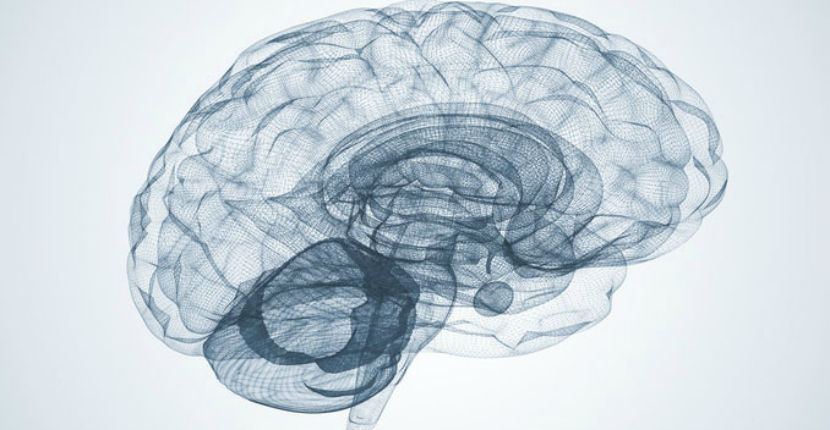What if there were a way to spot Alzheimer’s years before it was ever diagnosed?
Currently, biomarker tests can help detect the disease twenty years before its onset. The procedure measures abnormal levels of the proteins beta-amyloid and tau, in spinal fluid.
These proteins form plaques and tangles which researchers believe contribute to the development of Alzheimer’s.
Alternatively, beta-amyloid and tau also help determine if those with underlying factors may be at risk of developing more serious forms of the disease.
In addition to biomarker testing, scientists are using brain imaging to record images of any changes in the brain. Magnetic resonance imaging (MRIs), Positron emission tomography (PET) scans, and radiotracers help illuminate parts of the brain affected by the disease.
But today, researchers are hoping to detect Alzheimer’s two decades before symptoms appear through the use of just a computer and an EEG scan. Dr. Michael Harrington, director of Neurosciences, and his team at Huntington Medical Research Institutes are working to come up with an inexpensive, noninvasive procedure to do it.
Like the biomarker test, the brain challenge will soon allow doctors to monitor at-risk persons for early signs of dementia.
“That’s what we’re aiming for because then we can see a decline,” said Harrington. “We can objectively measure it.”
During the brain challenge, participants wear a cap that tracks their brain activity. Dr. Harrington and his colleagues then ask them to answer a few questions. What they’re noticing is that the brains of people with beta-amyloid and tau proteins in their spinal fluid have to work harder to answer questions that might otherwise come easily.
Participants with “bad” chemistry were prone to having more difficulty answering questions. Harrington uses the word “bad” to suggest that their spinal fluid reflect changes in beta-amyloid and tau levels.
While biomarker testing, Alzheimer’s care and alternative therapy are effective services and procedures, researchers are optimistic that the brain challenge will make costly early-warning methods more accessible to everyone who needs them. “If we can show that it’s got the rigor to do an equivalent detection, you wouldn’t need expensive PET imaging,” said Dr, Harrington.
HMRI’s study is less than a year old and because there are only a few participants, the study’s findings are still incomplete. Harrington says more funding is needed to ensure the success of the program.
If you have a loved one suffering from Alzheimer’s and need in-home care, our team at Freedom Home Care is ready to help you get peace of mind.




